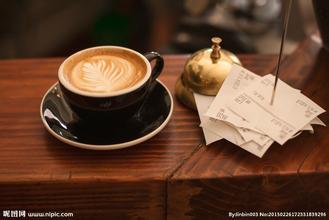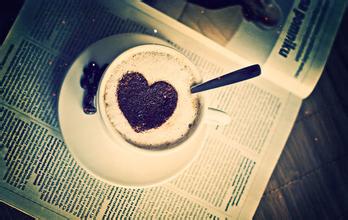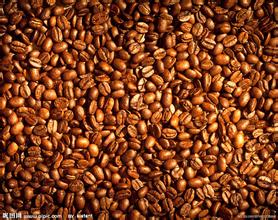A video illustration of the steps of making coffee in a hand pot
A video illustration of the steps of making coffee in a hand pot
Brewing coffee in a siphon pot will taste lighter than that in a French filter kettle, because some of the water in the tube in the upper pot will not flow into the upper pot and come into contact with coffee powder. In addition, because alcohol has been heated all the time, it tends to be extracted at high temperature, so it is easy to extract bitterness or astringency and become stronger. And its use of filter cloth will also filter out some of the original smell of coffee. But it depends on one's hobbies and preferences, because different utensils have their own uniqueness.
The first part of steaming is actually strong enough for the water to fully touch the coffee powder, discharge the gas and infiltrate the coffee powder to facilitate subsequent extraction. So there's no stick? There is a Tilafa, but you can't do it? You look good enough to wet the coffee powder. Japanese brewing will be steamed to only one drop, or not dripping and fully infiltrating, it is useless to tell you, scientifically speaking, it is just enough contact with powder and water. BUT, don't let the water stay too much. Due to the exuberant discharge of the gas, the steaming water is difficult to extract the water solution in the coffee. Too much steaming and dripping means less water that can be extracted normally.
Segmented extraction: in fact, it is water injection. In the video, the main variables that mainly rely on immersion extraction are grinding degree and soaking time. Water injection only needs to pay attention to the fact that coffee powder is soaked, and whether the circle is round or not. Whether the water flow is fine or not can be ignored. About 20g powder, so we only need to control the total extraction time at two and a half to three minutes, the general extraction rate will not be too biased, during which time it is horse step water injection or handstand water injection. There are too many contents in detail, and the experimental data can be used as a reference value. According to the experimental data of CBC Cooking Institute, the best cooking time for 60 g coffee powder corresponding to 1000ml water is 4: 6 minutes (without steaming) because the spoiling capacity of hand flushing is generally lower than that of the American trickling filter, so 6 minutes is recommended as the reference time. So, for example, the reference value of my 400ml water is 6 minutes X 0.4 minutes 2 minutes 24 seconds. For example, after steaming 24g coffee powder (the midpoint ratio of SCAE gold cup) with 400ml water, the remaining water can be injected evenly in 2 minutes and 24 seconds and the water can basically be in the range of gold cup.

Important Notice :
前街咖啡 FrontStreet Coffee has moved to new addredd:
FrontStreet Coffee Address: 315,Donghua East Road,GuangZhou
Tel:020 38364473
- Prev

2017 what is the expected output of Brazilian Arabica coffee? will the price go up or down?
2017 what is the expected output of Brazilian Arabica Coffee? will prices rise or decline? ICO said that as the first month of the coffee year, global coffee exports decreased by 1.9% to 9.1 million packets per year. Among them, Arabica coffee exports increased by 4.7% annually, while Robusta coffee exports decreased by 12.9%, mainly due to the decline in Brazilian production.
- Next

The difference between espresso and American coffee
The difference between espresso and American coffee ensures that the powder bowl is clean and dry, and the extracted coffee powder left in the powder bowl will affect the taste of the new cup; in addition, after the coffee is ground into powder, the oil will be released and the oil and water will not dissolve, affecting the extraction of coffee.
Related
- Beginners will see the "Coffee pull flower" guide!
- What is the difference between ice blog purified milk and ordinary milk coffee?
- Why is the Philippines the largest producer of crops in Liberia?
- For coffee extraction, should the fine powder be retained?
- How does extracted espresso fill pressed powder? How much strength does it take to press the powder?
- How to make jasmine cold extract coffee? Is the jasmine + latte good?
- Will this little toy really make the coffee taste better? How does Lily Drip affect coffee extraction?
- Will the action of slapping the filter cup also affect coffee extraction?
- What's the difference between powder-to-water ratio and powder-to-liquid ratio?
- What is the Ethiopian local species? What does it have to do with Heirloom native species?

